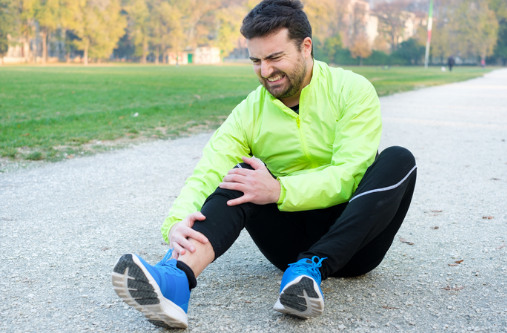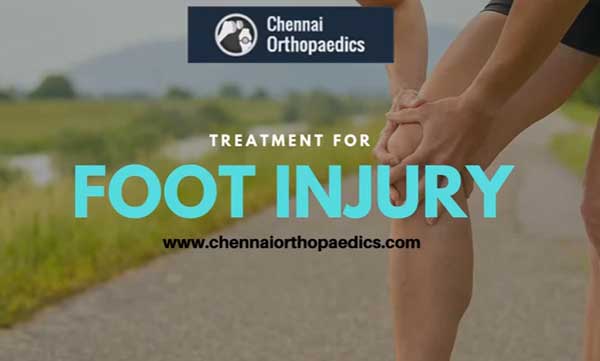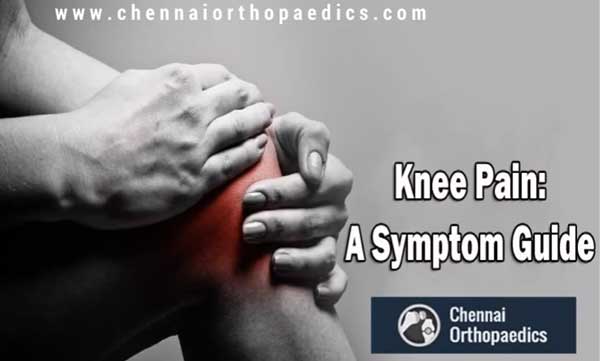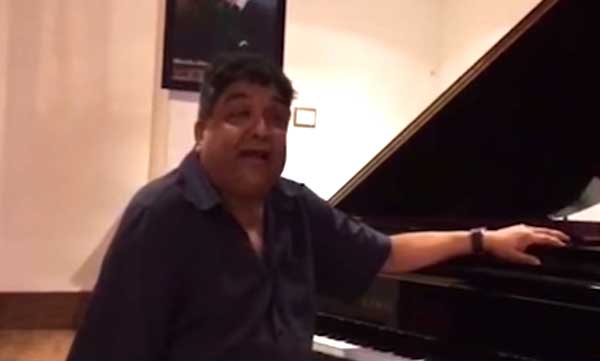Date :21-Jan-2020
The knee is considered to be the largest and most complex joint in the human body. The knee is stabilized by a set of ligaments. There are four primary ligaments in the knee. They are:

The lateral collateral ligament (LCL) plays the role of a stabilizer on the outer side of the knee. This connects the thigh bone (femur) to the fibula (side bone of the lower leg) and provides stability and limits the sideways movement of the knee.
A trauma, sports injuries, or direct blows to the knee can cause a tear in the lateral collateral ligament (LCL). This may result in pain, swelling and even instability of the knee. A thorough physical examination and by employing imaging techniques such as X-ray and MRI scan this injury can be easily diagnosed.
Treatment of Torn Knee
The treatment of the torn LCL includes both surgical and non-surgical. Surgery is suggested when all the non-surgical interventions fail to heal the torn ligament.
Non-Surgical interventions:
- Rest
- Ice
- Elevation
- Bracing
- Physical therapy
These methods help to reduce swelling and regain activity as well as strength and flexibility of the knee.
Surgical interventions:
Repair and reconstruction of the torn ligament is the most recommended surgical intervention. This is decided depending on the severity and location of the injury. LCL reconstruction is recommended only if the ligament is torn in the middle or if the injury is older than 3 weeks.
Procedure
An LCL reconstruction is a procedure in which a torn ligament is replaced with healthy strong tissue or graft which is taken either from the tissue bank (called allograft) or from the patient’s body (called autograft). The most commonly used autografts hamstring tendons. This is an open incision procedure and not Arthroscopically. The procedure is done by making small incisions on the lateral side of the knee to perform the LCL reconstruction. A bone tunnel is established by drilling the thigh bone and fibula bones, precisely and accurately with specialized instruments and the ends of the tendon graft are passed through these tunnels and fixed using screws, metal staples or large sutures. The knee is then braced for 6-8 weeks.
Post-operative care
Post-operative instructions recommended for LCL reconstruction are:
- Use crutches for at least 6 weeks to avoid full weight on the knee
- Apply ice and take prescribed medications to reduce swelling
- Avoid lifting heavyweight
- Avoid vigorous exercise
- Follow the instructions given by your surgeon
- Follow rehabilitation programs
- Seek the help of a physiotherapist to regain the motion and strength of the knee

If you are experiencing severe pain due to a torn ligament, it's high time to rush to an expert. A discussion with the experts of Chennai Orthopaedics can help you find the right solution for your problem.

Blog Reviewed By: Dr. Bharani Kumar Dayanandam
Mail Us : info.chennaiortho.com@gmail.com
Book Your Appointment Here : chennaiorthopaedics.com/book-appointment
















